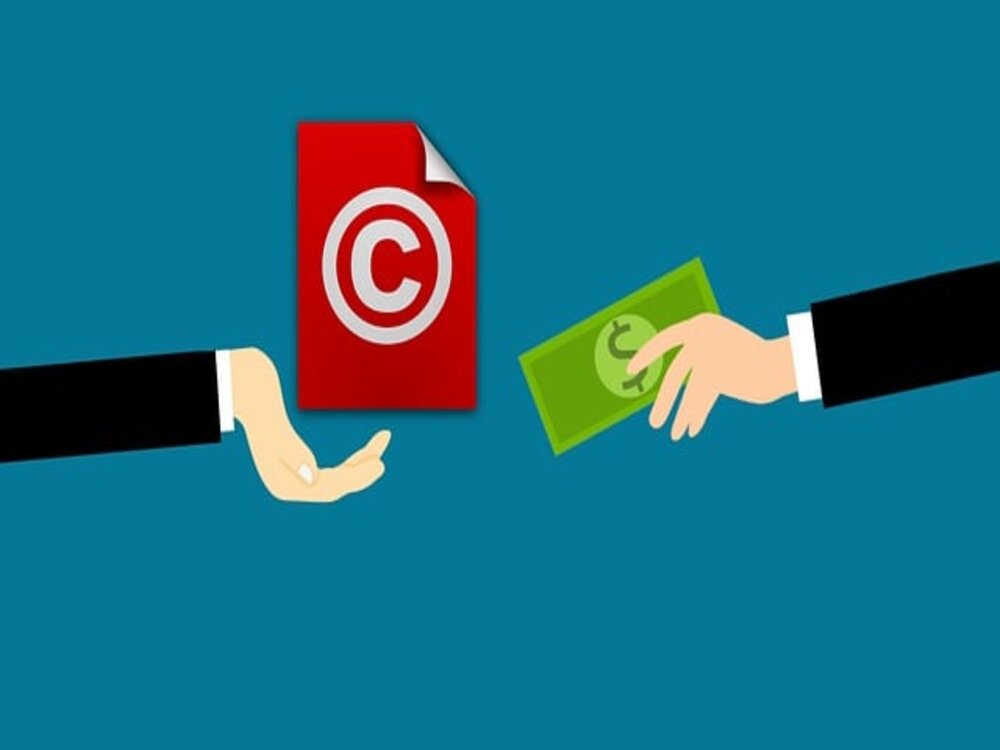- Resources
- The Intersection of Intellectual Property and Antitrust Law: Balancing Innovation and Competition
The Intersection of Intellectual Property and Antitrust Law: Balancing Innovation and Competition
September 2, 2024

In today's rapidly evolving environment, the interaction between Intellectual Property (IP) and antitrust law raises complex questions for policymakers, corporations, and legal professionals. Robust IP protection encourages innovation by granting creators exclusive rights to their inventions and fostering investment in research and development. On the other hand, antitrust laws promote competition, prevent anti-competitive practices, and discourage monopolistic behavior that could harm consumers.
What are the issues?
The issue of patents and their abuse is crucial. Patents are essential for fostering innovation by giving inventors unique rights to their innovations for a limited time. However, they can also be misused to stifle competition. This misuse, known as "patent trolling," happens when organizations collect patents not to innovate but to aggressively assert them against competitors, often through litigation or the threat of litigation. This practice can hinder competition and market innovation, increasing costs and limiting consumer choices.
Furthermore, the rise of digital systems and the increasing importance of data as a strategic asset have presented new challenges at the intersection of intellectual property and antitrust regulation. Policymakers and regulators focusing on protecting competition and innovation in the digital economy are addressing data privacy, data access, and platform dominance issues.
The Function of Intellectual Assets RightsIntellectual property rights, including patents, copyrights, trademarks, and trade secrets, form the basis of the innovation economy. They encourage individuals and businesses to invest in research and development by granting them a temporary monopoly on their creations. For example, patents protect inventions and give inventors exclusive rights to use, manufacture, and distribute them for a limited period. Copyrights protect original works, trademarks protect brands and logos and promote consumer awareness and loyalty.
Antitrust Law: Promoting Competition and Preventing Monopoly
Antitrust laws aim to ensure fair competition and prevent the abuse of market power. They are meant to protect consumers from monopolistic practices, price fixing, bid rigging, and predatory pricing, all of which can stifle innovation and limit consumer choice. The antitrust authorities, such as the Federal Trade Commission (FTC) in the United States and the European Commission's Competition Directorate, play a crucial role in enforcing these laws and promoting market efficiency. The conflict between intellectual property rights and antitrust standards is an ongoing issue.
The Intersection of Intellectual Property Rights and Antitrust Legal Guidelines
It may create tensions, especially when highbrow property owners engage in activities that harm competition. For instance, leveraging patent rights to exclude competitors from a marketplace can sometimes be perceived as anticompetitive conduct. In addition, the strategic use of patents to create patent thickets or engage in patent trolling can stifle innovation and hinder access to new markets. In such cases, the antitrust authorities can intervene to ensure that intellectual property rights do not adversely affect competition and consumer welfare. Balancing innovation and competition is vital.
Attaining the Sensitive Stability between Fostering Innovation and Opposition
It requires a delicate approach. Substantial intellectual property rights are necessary to promote innovation. However, this must be balanced with the need to prevent anti-competitive behavior. Antitrust authorities should carefully assess the competitive implications of intellectual property-related behavior, considering market power, consumer welfare, and potential efficiency. Furthermore, collaboration between intellectual property and competition law experts is crucial to developing coherent policies that balance innovation and competition.
Numerous high-profile cases have highlighted the complexity of intellectual property and antitrust law intersection. For example, Microsoft's landmark antitrust case in the 1990s focused on allegations of anticompetitive behavior related to bundling its Internet Explorer web browser with the Windows operating system. Technology giants like Google and Qualcomm have been scrutinized for their intellectual property licensing practices and alleged anti-competitive conduct.
In conclusion, striking a delicate balance at the intersection of intellectual property and antitrust law to promote innovation while protecting competition and consumer welfare is crucial. By using a nuanced approach that considers the unique characteristics of various industries and technologies, policymakers and regulatory authorities can effectively address anticompetitive behavior while maintaining incentives for innovation. Vibrant and competitive markets will ultimately benefit consumers and society, driving continuous progress and prosperity.
If you're looking to excel in any business you start and need assistance, The Allied Outsourcing can help. Their experienced team has expertise in assisting firms worldwide. The virtual assistants at The Allied Outsourcing have a deep understanding of advancing technologies and stay updated with innovative rules and regulations to ensure top-quality client services.
If you need help to be productive independently, let us at https://thealliedoutsourcing.com/contact/ assist you in achieving your goals.
All Categories
- Case Law (86)
- Case Studies (6)
- Demand Letter (14)
- Deposition Summaries (11)
- Legal Research (71)
- Marketing (1)
- Medical Summaries (14)
- Others (4)
- Personal Injury (51)
- Virtual Assistant (56)
Related Blogs
Author
Lavina Mathias
Designation: Content Writer and Creator
Dedicated legal content writer specializing in the legal industry. Has a strong track record of producing high-quality content that effectively communicates complex legal concepts to…Reviewer
Ruchi Bhakhri Sharma
Designation: CEO
25 years of combination of serving as a lawyer in India and paralegal support to US lawyers. Led a diverse team of legal professionals, project…




